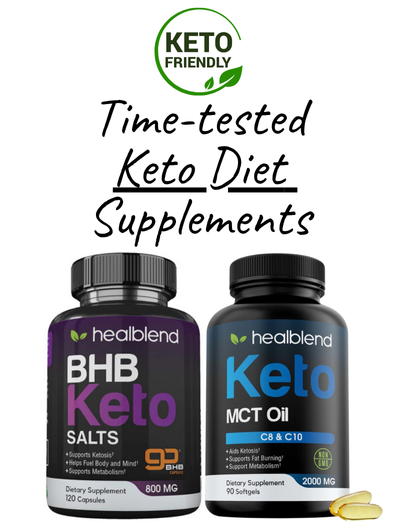Proteins are molecules made up of amino acids that come together to form long chains. When ingesting a food with protein, whether of animal or vegetable origin, the body breaks down the chain of amino acids into individual amino acids and thus forms new proteins. Proteins are commonly associated with meat, as it is a rich source of these molecules. However, vegetables also contain protein. The structures of proteins are important for the execution of their various functions in the body.
There are four levels of protein structure – primary, secondary, tertiary, and quaternary. Proteins have established and fully recognized basic biological functions. Some of them are tissue construction and maintenance, enzyme formation, hormone formation, antibody formation, energy supply, metabolic regulators, membrane transporters, transport of triglycerides, cholesterol, phospholipids and fat-soluble vitamins in the blood and transport of oxygen.
TYPES OF PROTEINS
Proteins can come from different foods and have different sizes, which directly influence digestibility, absorption by the body and the supply of amino acids. Proteins of animal origin are those derived from milk, meat, eggs and fish. Plant-based proteins come from rice, soy, peas, hemp and sprouted grain proteins.
Whey protein
Extracted from the cheese-making process, whey protein provides substantial amounts of the essential amino acids needed to perform the functions that proteins provide for the body, as well as being high in calcium and bioactive whey peptides. Some effects are better digestibility, skeletal muscle protein synthesis, reduction of body fat, modulation of adiposity and improvement of physical performance.
Casein protein
Casein is one of the main proteins found in milk, composes of essential amino acids. You can easily get it in mammalian milk, with about 80% of the proteins found in cow's milk and between 20% and 45% of the proteins found in human milk.
Albumin protein (egg protein)
Albumin is the protein that most circulates in plasma and extracellular fluids. It has binding and transport functions for numerous substances (calcium, zinc, magnesium, copper, long-chain fatty acids, etc.), in addition to being responsible for preserving the distribution of water in body compartments.
Meat protein
Meat is an excellent source of high-quality protein (it provides all the essential amino acids). In addition, it contains essential nutrients for the proper functioning of the human body, such as iron, zinc and B vitamins, such as: B1, B2, B6 and B12.
Soy protein
Soy has advantages over other vegetable proteins, due to its high content of proteins of excellent quality and low cost, as well as a good content of isoflavones, which help to reduce blood cholesterol. In addition, it is as an alternative or prevention to individuals suffering from cardiovascular diseases. It is rich in essential fatty acids that, together with isoflavones, protect the arteries, reducing the risks of obstruction.
Pea protein
Pea is a rich source of carbohydrates. It provides a good amount of vitamins, minerals, fiber and proteins. It has a high content of B-complex vitamins, which are necessary for the proper functioning of the heart and nervous system, and of vitamin C, which acts as an anti-infective agent and in healing. In addition, it has potassium and other minerals, such as calcium, phosphorus, iron, sulfur and copper, which ensure the body's internal balance.
Hemp derived protein
This type of protein is new in the race. Derived from the seeds of the hemp, hemp protein is high in omega 3 and 6. Both are super food. This protein comes from plants. The fact is that this protein is super easy to digest and an ideal option for the most sensitive stomach. As a rule, this protein has higher fat nutritional value, making it a bad option for those looking to lose weight.
Classified according to their size –
Intact
It is the protein at its original size, without any enzyme breakdown. Healthy individuals normally absorb this type of protein.
Partially Hydrolyzed
In order to facilitate the absorption of intact proteins, by people who have any gastrointestinal intolerance or difficulty in digestion. The proteins, in this case, are already supplied partially broken. Therefore, they have smaller molecules than the intact ones to facilitate the absorption in the organism.
Amino acids
Amino acid is for individuals allergic to cow's milk protein and more severe food allergies. The human body has twenty “standard” amino acids for the cellular creation of peptides. The genetic code creates peptides and proteins from these amino acids, classified into two groups: essential amino acids and non-essential amino acids. Essential amino acids are unable to synthesize in sufficient quantity to meet the needs, making daily food intake necessary in the recommended amounts. Non-essential amino acids synthesize in sufficient quantity, making it not necessary to eat daily food in greater quantities.
Extensively Hydrolyzed
It is the most hydrolyzed protein that, in addition to facilitating absorption and digestion, has less allergenic potential.

